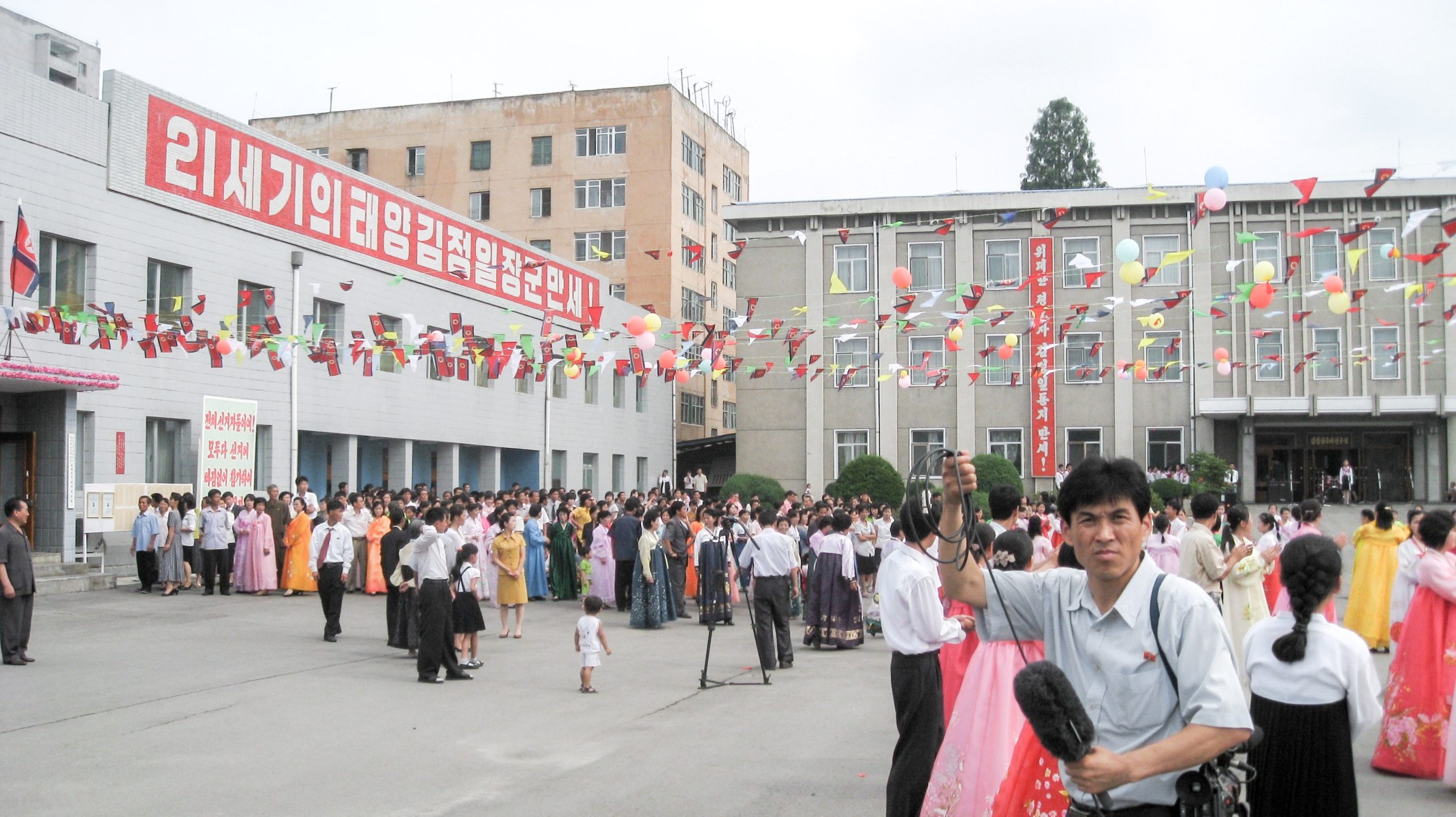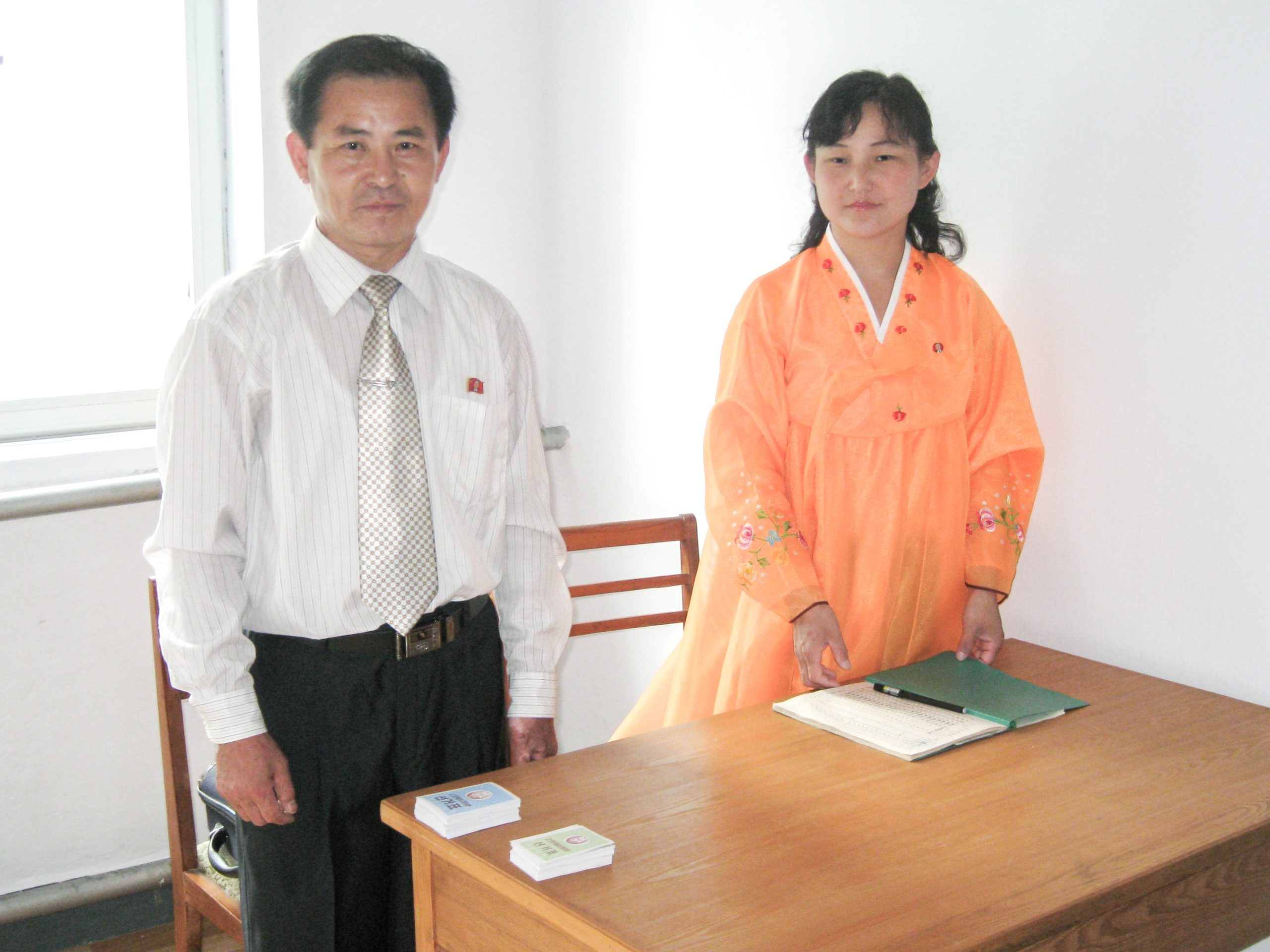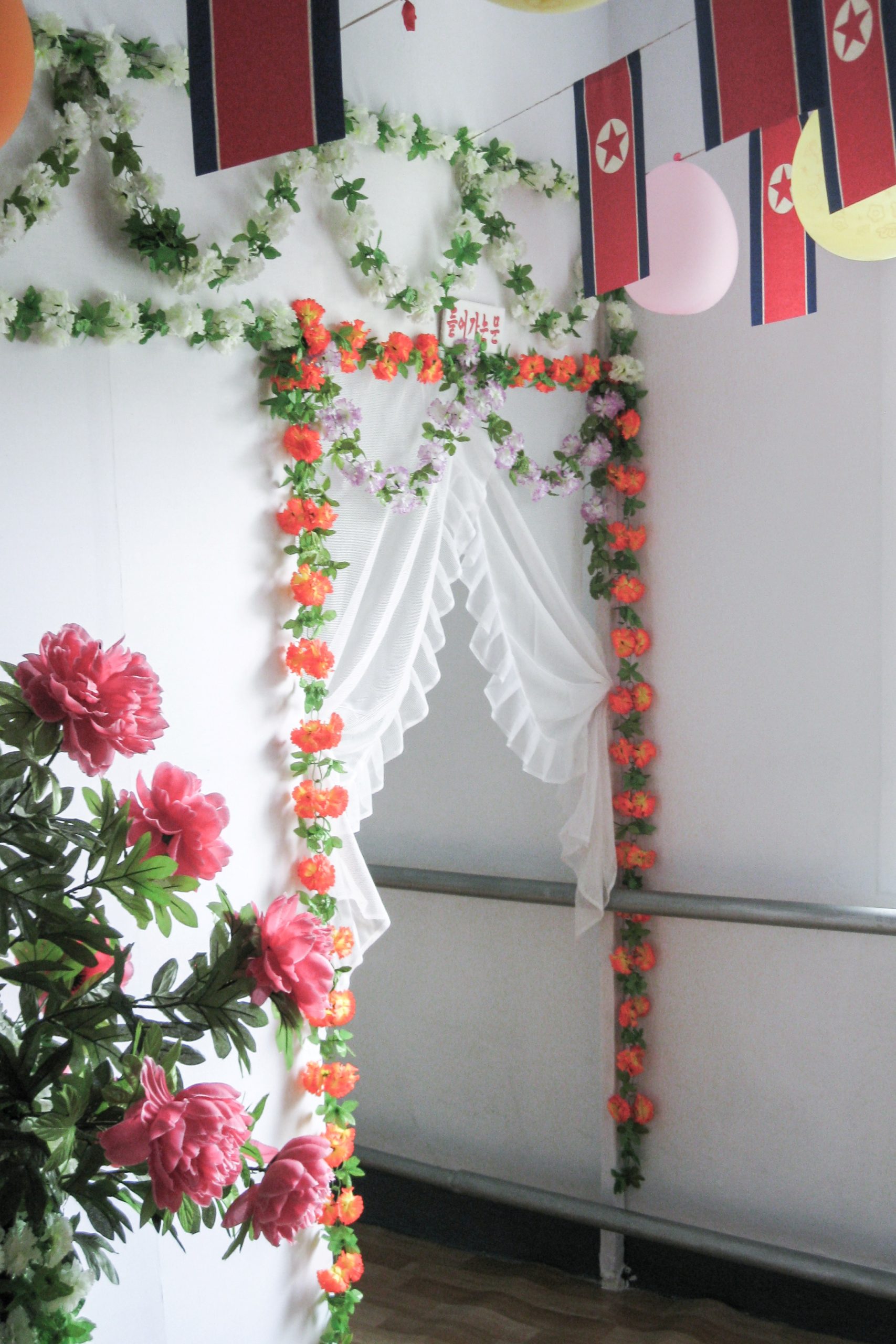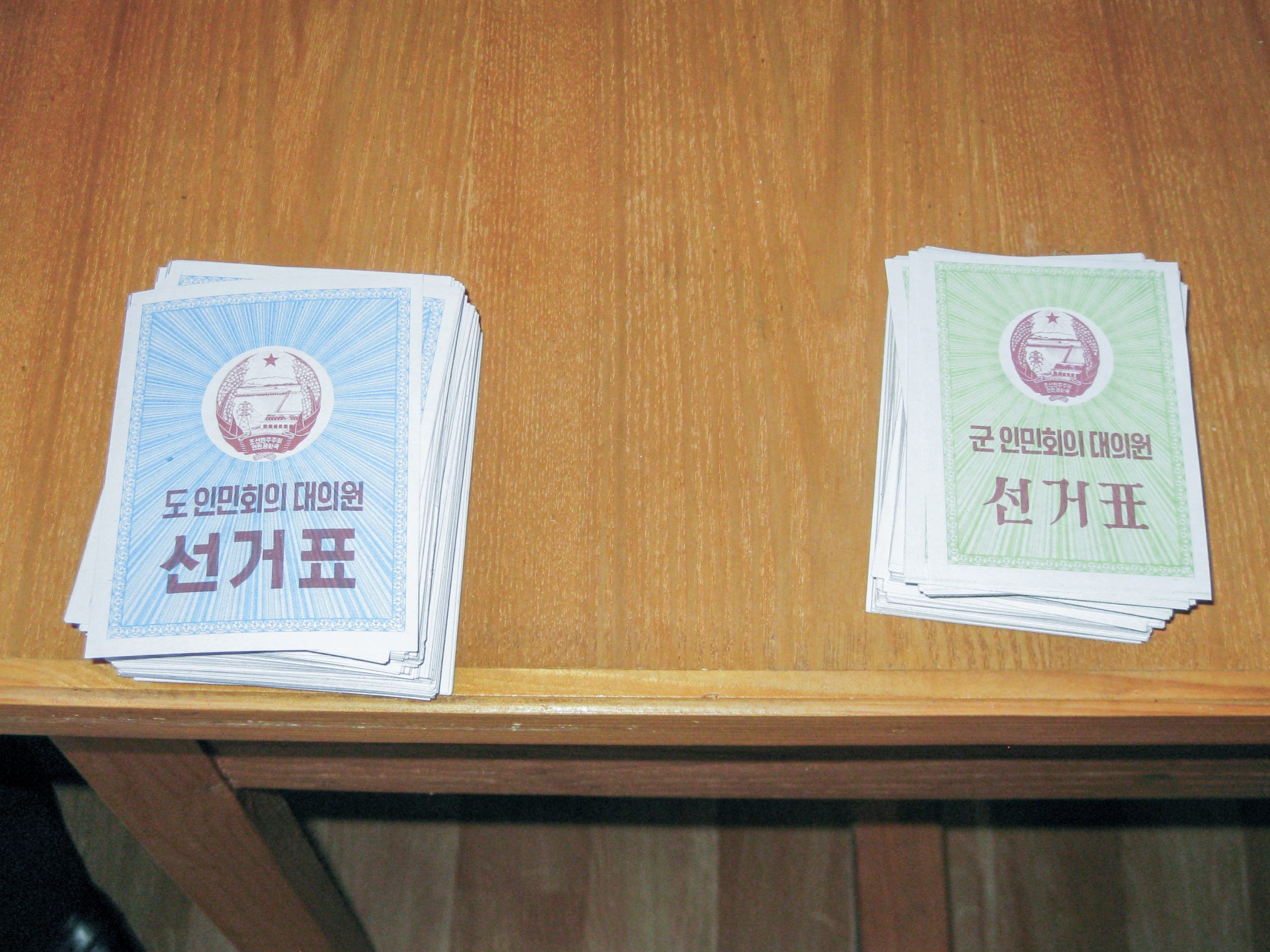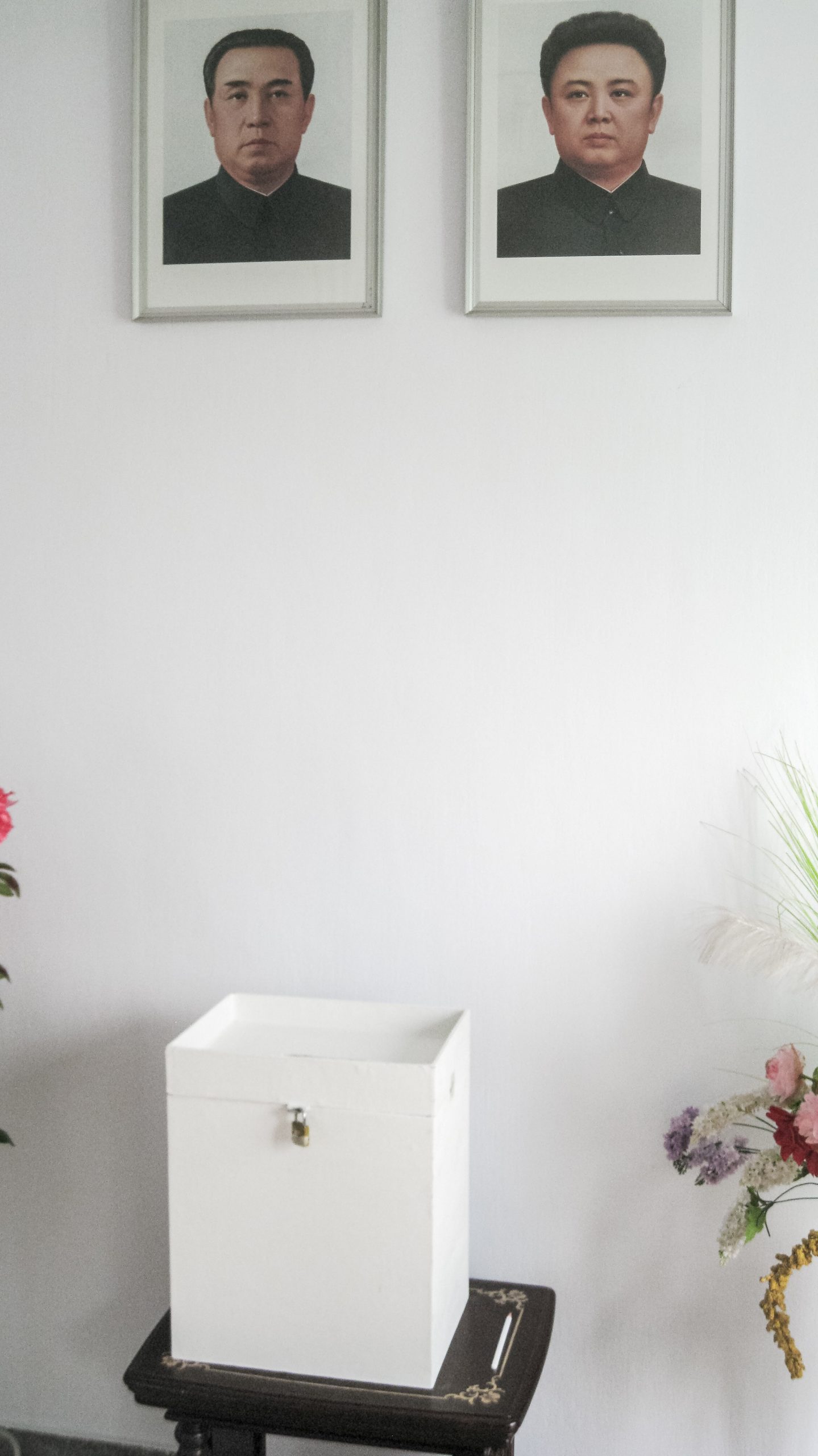Picturing the DPRK: Elections
Images shown are from Glyn Ford’s recently released book on North Korea, Picturing the DPRK, published by Pacific Century Institute and Spokesman. The book is a collection of images taken during his nearly 50 visits to North Korea over the past 25 years.
Elect Comrades
North Korea has regular elections. General (parliamentary) elections have been held at roughly five-year intervals since the late 1950s; local elections have been conducted slightly more frequently over the same period. The next round of local elections is planned for November 26, 2023.
All candidates run under the banner of the Democratic Front for the Reunification of Korea (Democratic Front for the Reunification of the Fatherland or DFRK). This is a multi-party united front dominated by the Workers’ Party of Korea, which has close to 90 percent of seats, with seven percent going to the Korean Social Democratic Party, three percent for the Chondoist Chongu Party—the political wing of the Chondoist religious movement—plus a handful of unaffiliated “independents,” including a small block representing the General Association of Korean Residents in Japan (Chosen Soren).
Election Day is a celebration with bunting, bands and bonhomie. Traditionally, voters in each Constituency or local government district are presented with a ballot paper naming a single candidate. In the polling booth, voters can choose to leave the ballot blank or cross out the name of the candidate. If the crosses outnumber the blank ballots, the voters, in theory, are reconvened a week later to re-do the exercise with a new single candidate.
Local elections to provincial (municipal), city (district) and county people’s assemblies were initially scheduled for this summer but were postponed until late November to await a revision of local electoral law. The Supreme People’s Assembly (SPA) propagated the new law at the end of August. It is far from clear, but the result apparently allows, in certain cases, two candidates—both endorsed by the DFRK—to run against each other. They are supposed to differ from each other in field of work, workplace, professional rank and/or gender, presenting voters seemingly with a choice.
China tried a similar tactic with certain township elections in the past as a way for voters to wreak revenge on local corruption. Whether the SPA’s experiment has similar intentions is unclear. Regardless, the West’s psephologists may finally have something to report from Pyongyang in the wake of Election Day!
